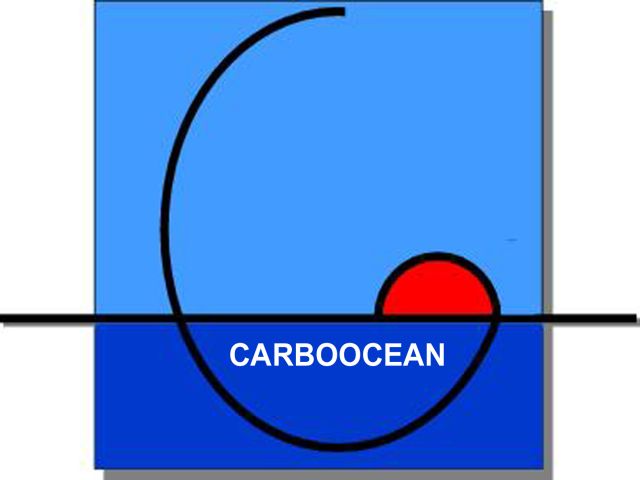|
Core theme: Biogeochemical feedbacks on the oceanic carbon sink
Leader: Marion Gehlen (Laboratoire des sciences du climat et de l`environnement, Gif sur Yvette, France)
Rationale This theme contributes to the overarching objectives of CARBOOCEAN by providing a
mechanistic understanding and an improved quantification of physical biogeochemical feedbacks
affecting carbon up-take and release on the timescale of several hundred of years. This
corresponds roughly to the ventilation time of the upper ocean down to 1000 m. The closure
among the interacting terms is central to the concept of feedbacks. Feedback loops have the
potential to damp (negative feedback) or amplify (positive feedback) the atmospheric CO2
perturbation. Their identification and quantification based on process based understanding is
central to the assessment of their quantitative global and regional impact under climate change
forcing. Rising atmospheric CO2 levels since the beginning of the industrial revolution and induced
warming drive profound changes of the physical and chemical ocean. Temperature driven
changes in stratification, circulation and carbonate chemistry of the surface ocean lead to large
scale changes in vertical marine carbon and nutrient distributions. As a consequence marine
ecosystems are altered in their structure and functioning. All these processes combine to
significantly alter physical and biological carbon pumps. They ultimately affect the efficiency of
the ocean for uptake and removal of carbon lastingly from exchange with the atmospheric
reservoir. Because the concept of feedbacks implies closure between interacting terms and thus
the oceanic and atmospheric carbon reservoirs, only parts of a feed-back loop might be studied
with biogeochemical ocean general circulation models. The complete loop has to be addressed
within coupled earth system models. There is a strong link to the “future scenarios” science
theme (core theme 5). For more detailed information see. Objectives O4.1 Identify and analyze the major CO2 feedbacks.
O4.2 Derive quantitative descriptions that can be used in models.
O4.3 Study interactions between feedbacks.
O4.4 Quantify feedbacks during the last 200 years and assess their potential upper limits, thresholds,
and uncertainties for the next 200 years.
O4.5 Identify key regions and propose strategies to monitor the evolution of feedbacks. |

